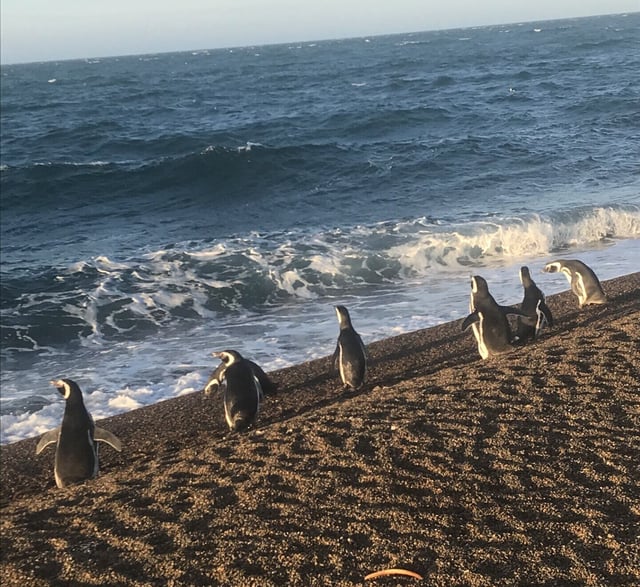Overview
- The PLOS Biology study tracked 27 adult Magellanic penguins from Argentina’s San Lorenzo colony using GPS and IMU loggers during single foraging trips.
- In calm waters, birds swam almost directly home, but in strong tidal currents they adopted S-shaped, current-aligned routes to conserve energy.
- By following the flow, the penguins increased travel distance yet reduced swimming effort and gained extra foraging opportunities along the way.
- Analysis suggests penguins compensate for drift and maintain navigational accuracy out of sight of land, indicating landmark-free navigation capabilities.
- The limited sample and unknown sensory cues that enable current detection underscore the need for broader studies to unravel penguin navigation.
